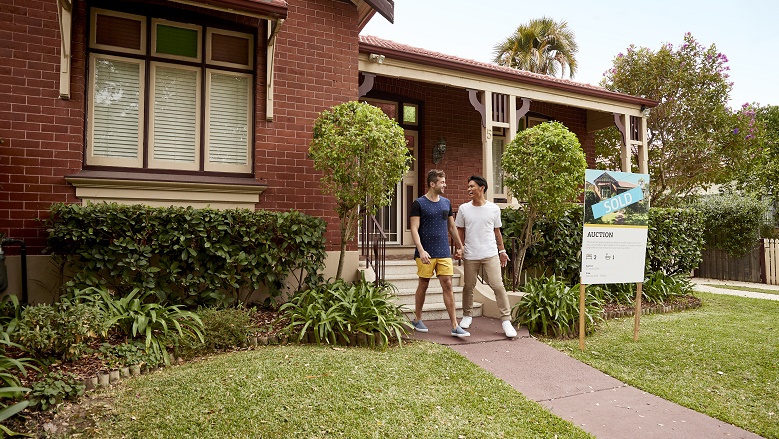When it comes to the financial achievements that make millennials feel most ‘adult’, the most significant is buying a house (58 per cent), but less than a third (28 per cent) have done so to date.
Smaller, day-to-day wins that feel more achievable include having a full fridge of groceries (22 per cent), and paying for their own streaming services (12 per cent).
That is not to say millennials have given up on their bigger financial ambitions, with more than half (58 per cent) saying they intend to buy a house within the next five years.
CBA Executive General Manager Everyday Banking, Kate Crous, said Australians in this age group recognise the importance of having a savings plan but feel they need more strategies and tools to help them save better, with only 39 per cent having a savings plan that they work to each time they get paid.
“We recognise many young Australians want to be more in control of their spending so they can start focusing on longer term goals, whether that’s saving for a rainy day or buying a home. We know that one in four millennials favour digital banking for transparency of their finances, and through our smart features in the CommBank app, we’re able to deliver even more meaningful ways for customers to engage with their money and plan ahead,” she said.
“For example, Bill Sense helps predict upcoming bills so you can see how much you may need for bills each month on one simple timeline, and Goal Tracker allows customers to set a savings goal, broken down into weekly targets so it feels less overwhelming or completely out of reach. The CommBank app enables our customers to track, budget and predict money going in and out so they can make more informed spending choices.”
For more information about the CommBank app’s smart features, head to: www.commbank.com.au/app-vantage
Detailed findings of the population of millennials surveyed:
- Six in ten (61 per cent) of millennials do not have a regular savings plan. A third (33 per cent) only save occasionally, and two in five (39 per cent) say they actually have a savings plan that they work to every time they get paid. 14 per cent say they live pay cheque to pay cheque.
- Almost a third (31 per cent) still don’t feel comfortable talking about money.
- Among millennials who want to have more open discussions about money, the most common money topics they would like to discuss are strategies for getting ahead financially (54 per cent).
- One in five (20 per cent) prioritise short-term savings goals, whilst 18 per cent prioritise long term savings goals.
- 58 per cent of millennials, say they would feel most like an adult when buying a house, followed by smaller achievements such as, having a full time job (37 per cent), saving more money than they spend (35 per cent), moving in with their partner or getting married (33 per cent), moving out of their parents’ house (29 per cent), having a full fridge of groceries (22 per cent), and paying for their own streaming services (12 per cent).
- One in four millennials favour digital banking for transparency of their finances.
- Six in ten (58 per cent) millennials say their five year plan includes buying a home or investment property.
Important information
This study was conducted online by YouGov Galaxy during April 2021 using a sample of 1,002 Australian millennials aged between 24-39 years old across Australia. Age, gender and region quotas were applied to the sample. Results were post-weighted by age, gender and region to reflect the latest ABS population estimates.




